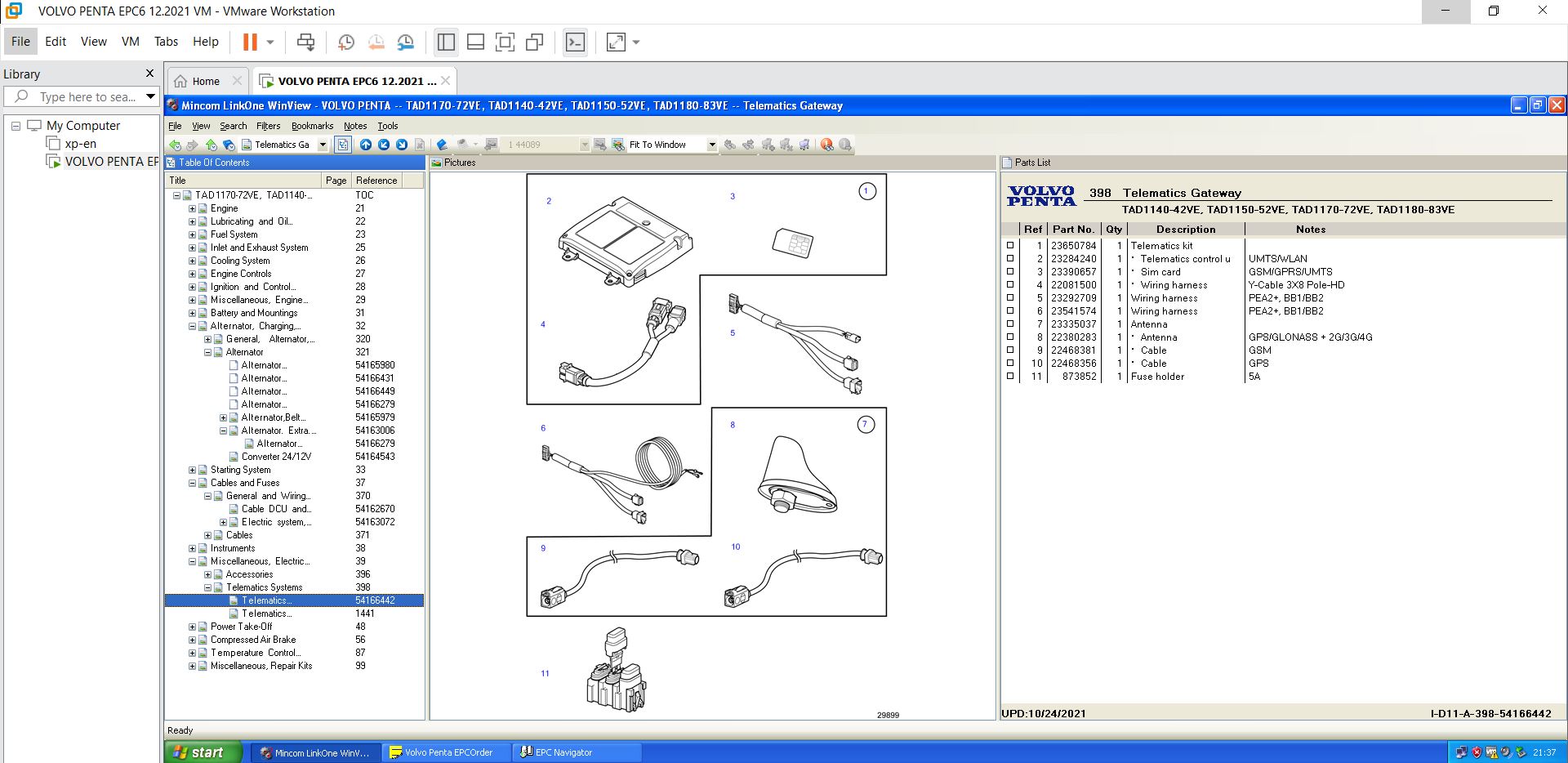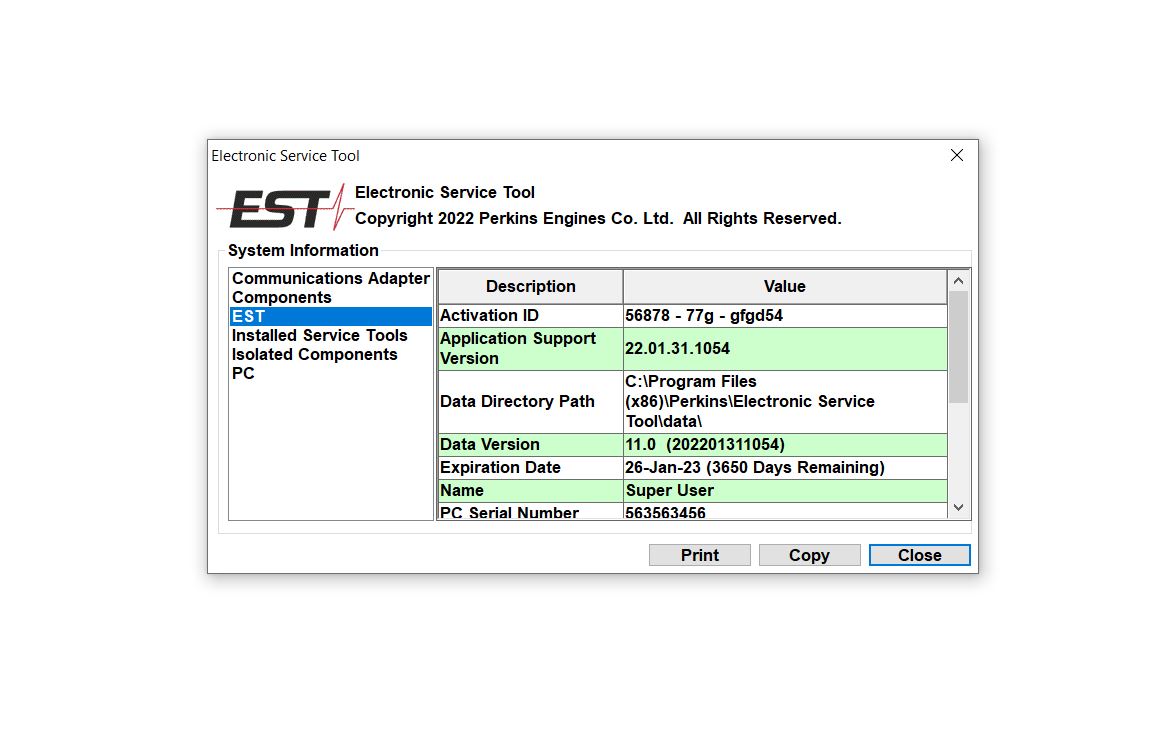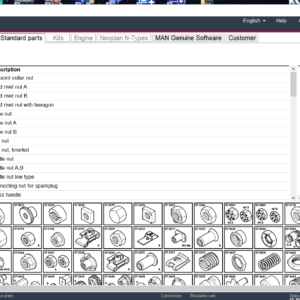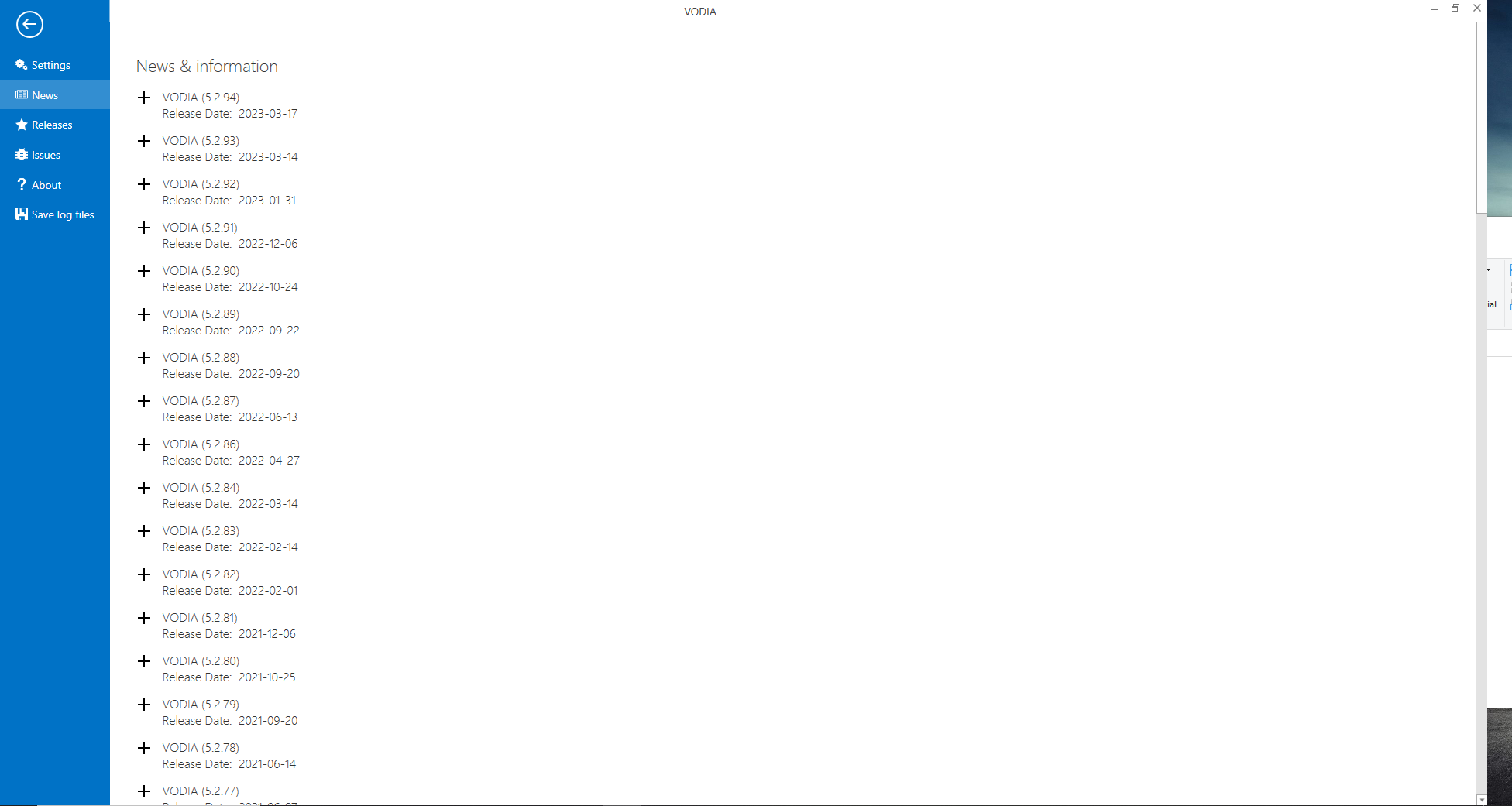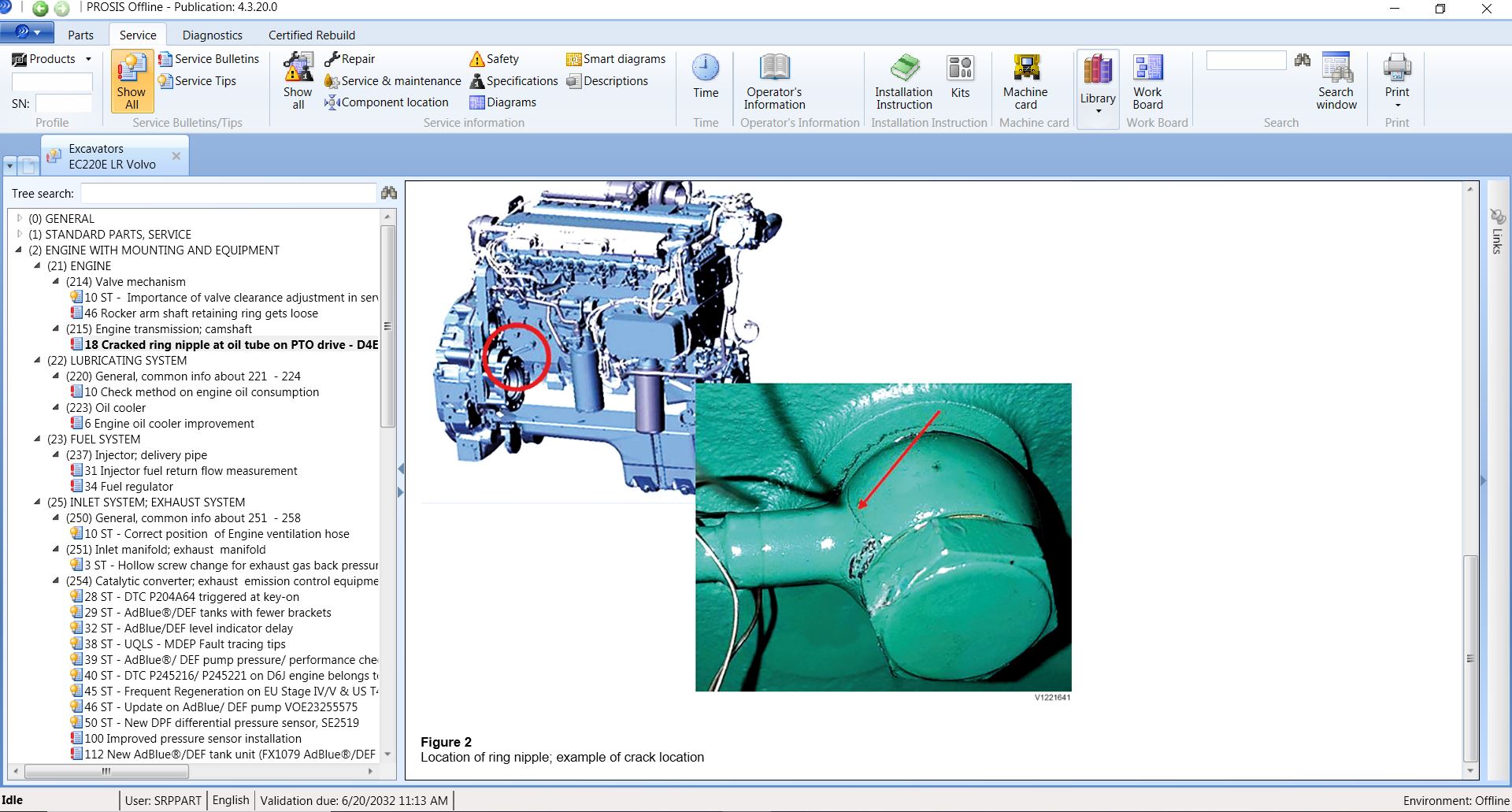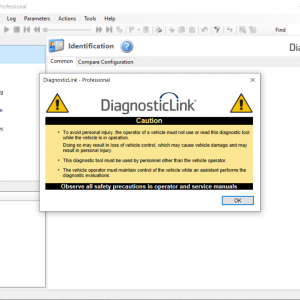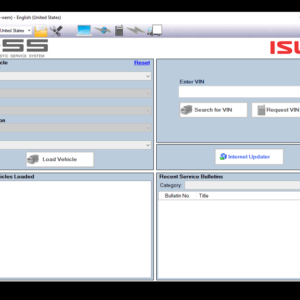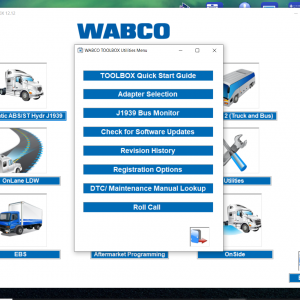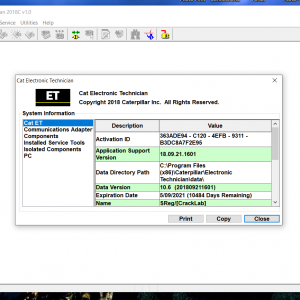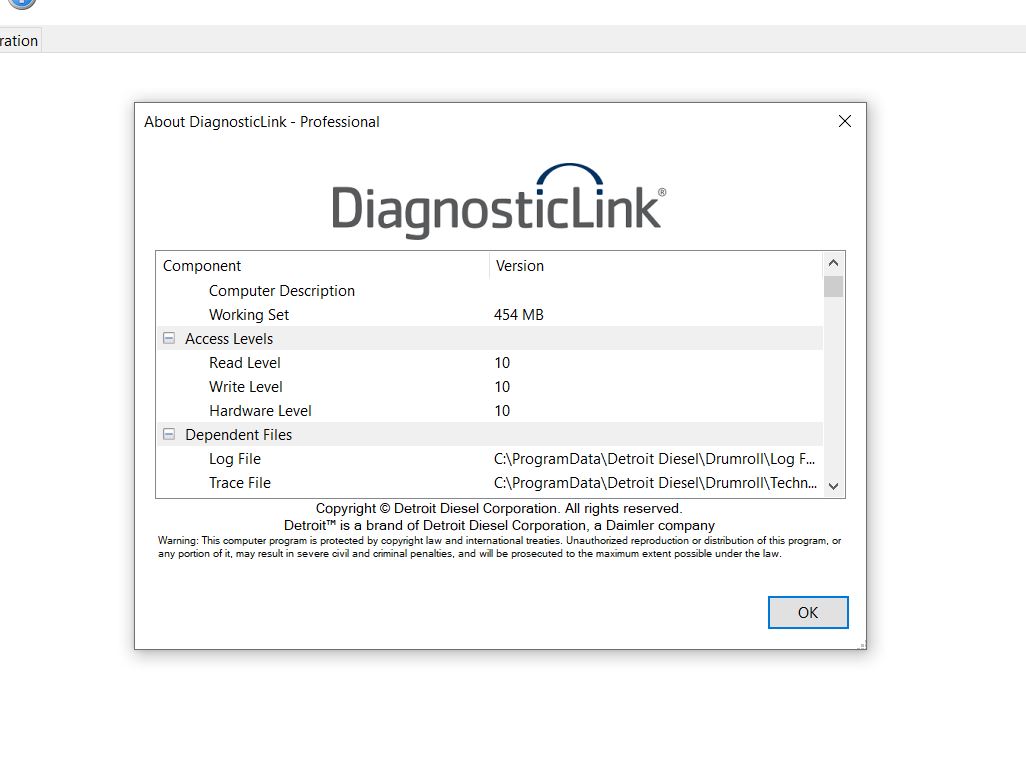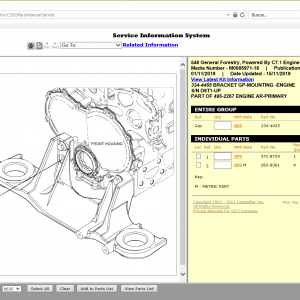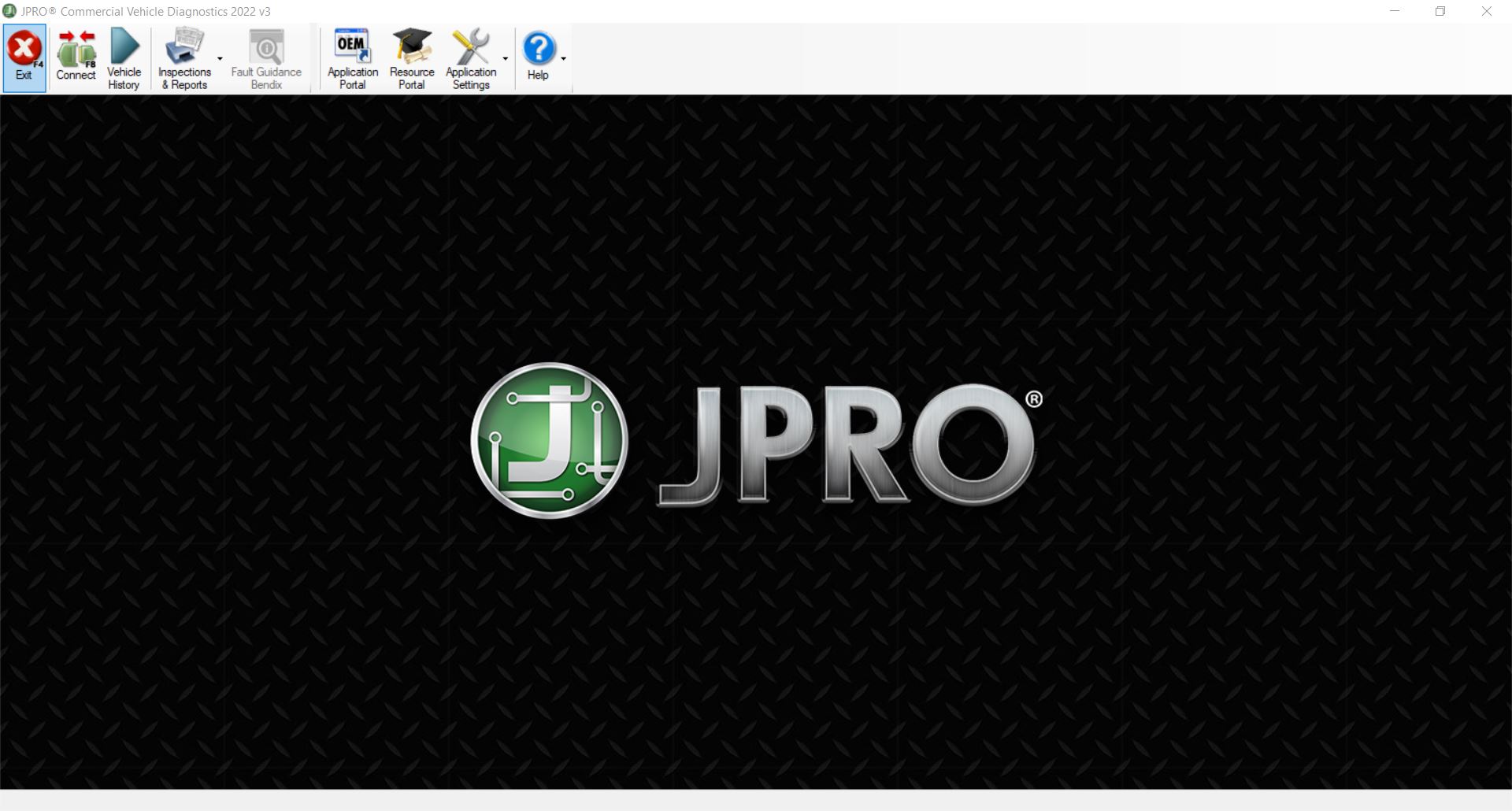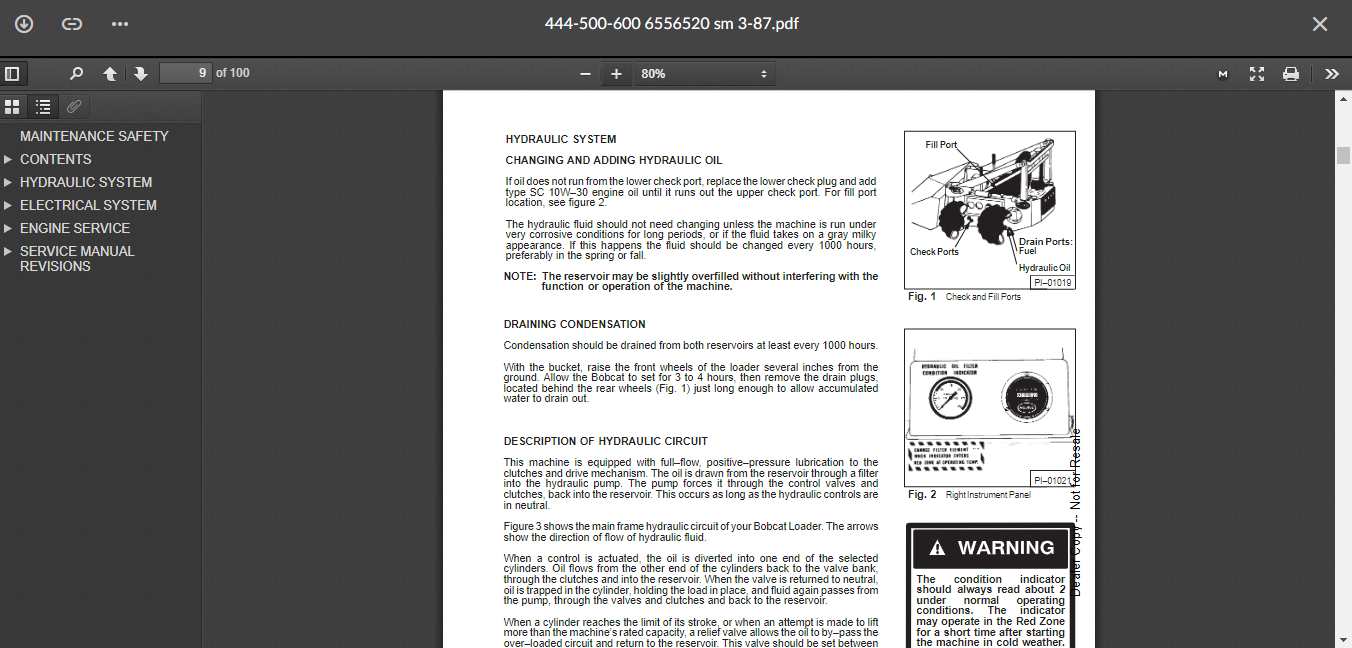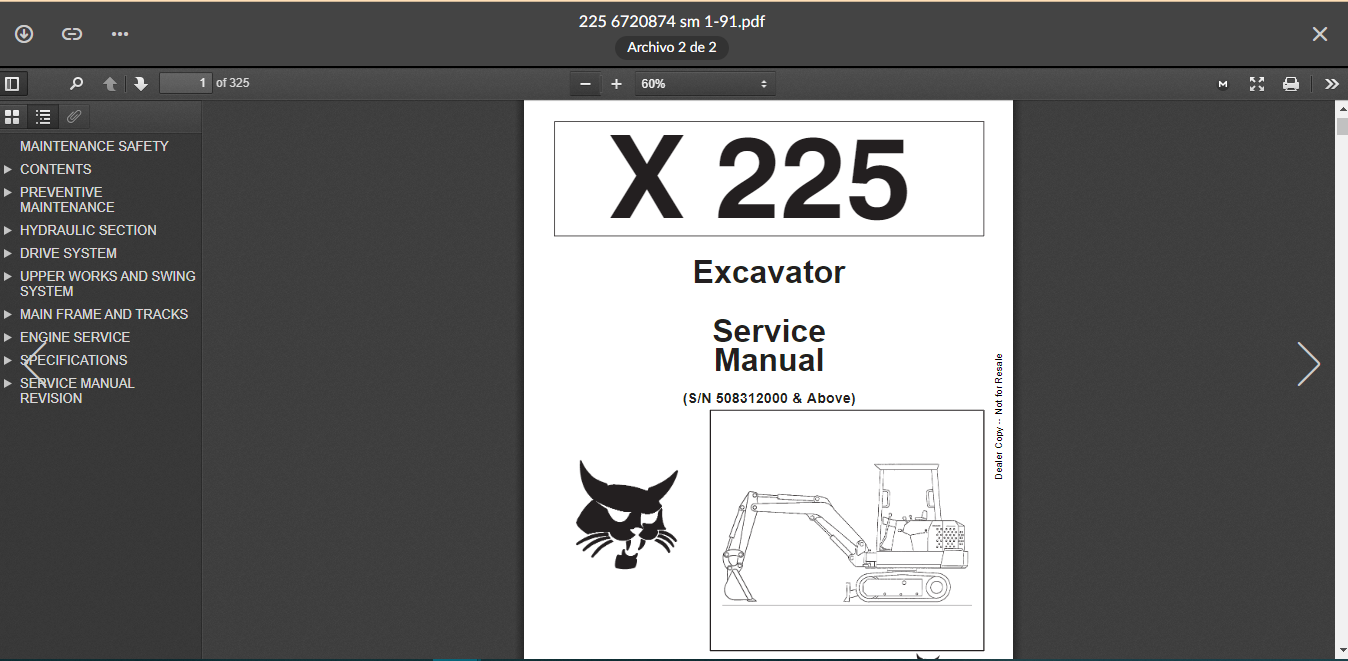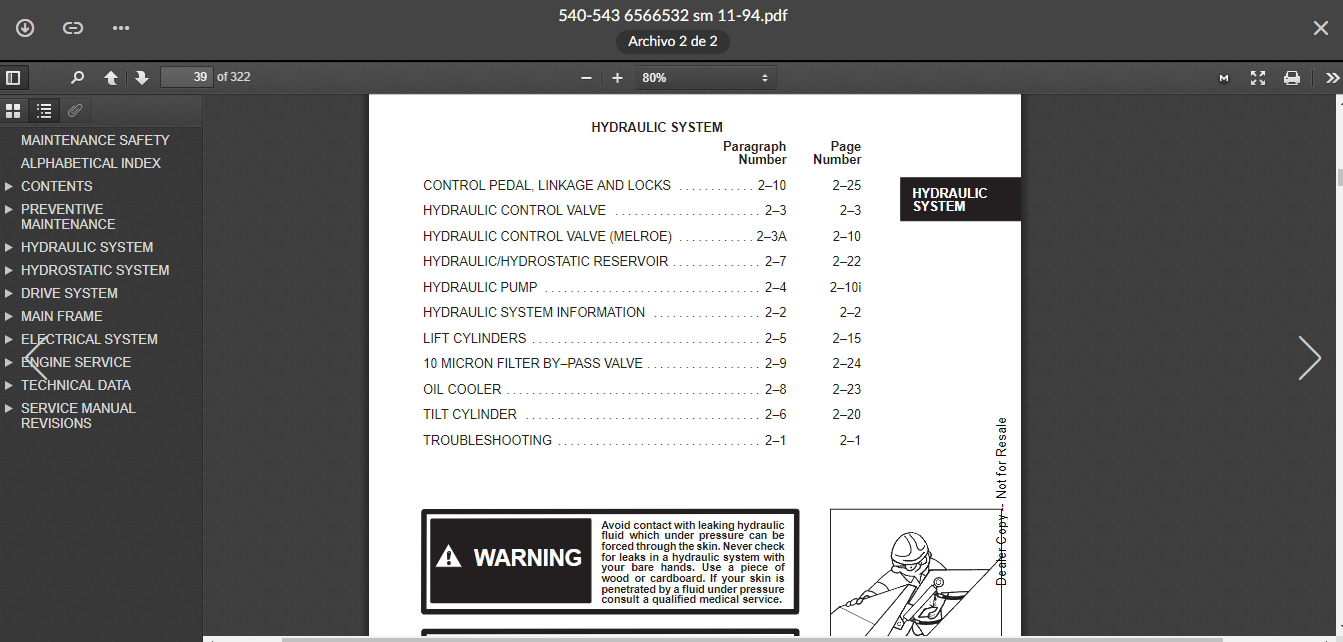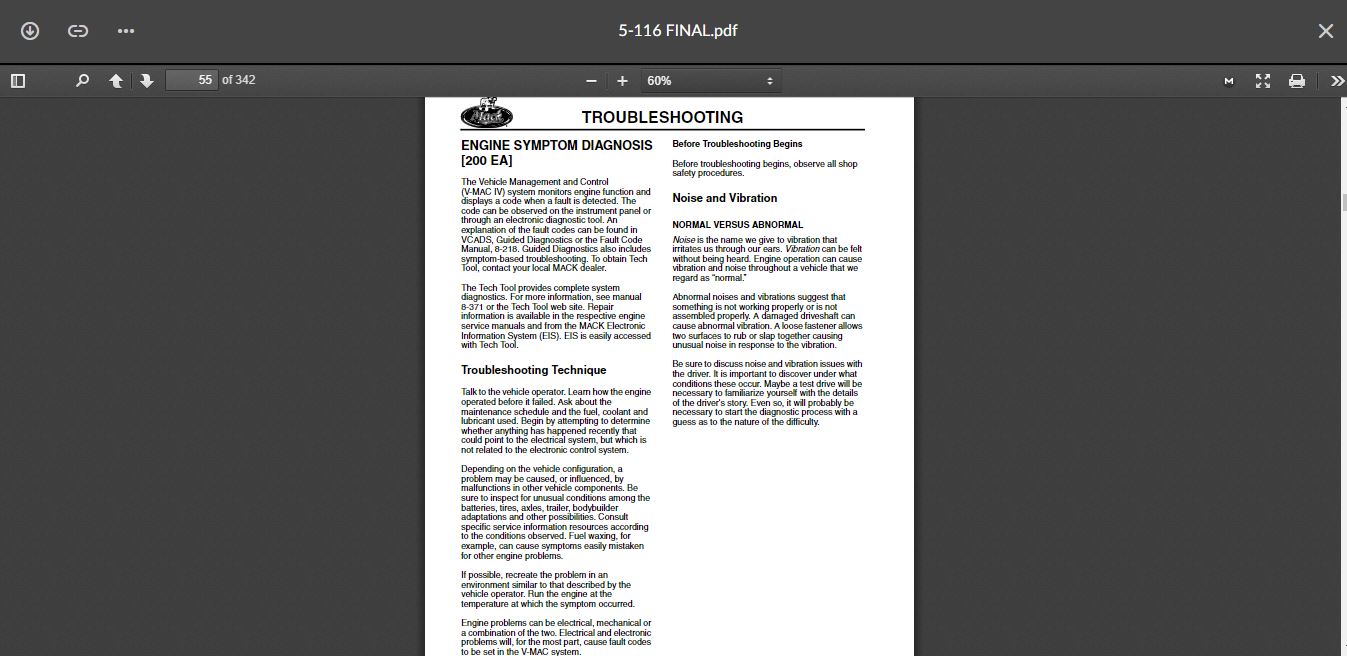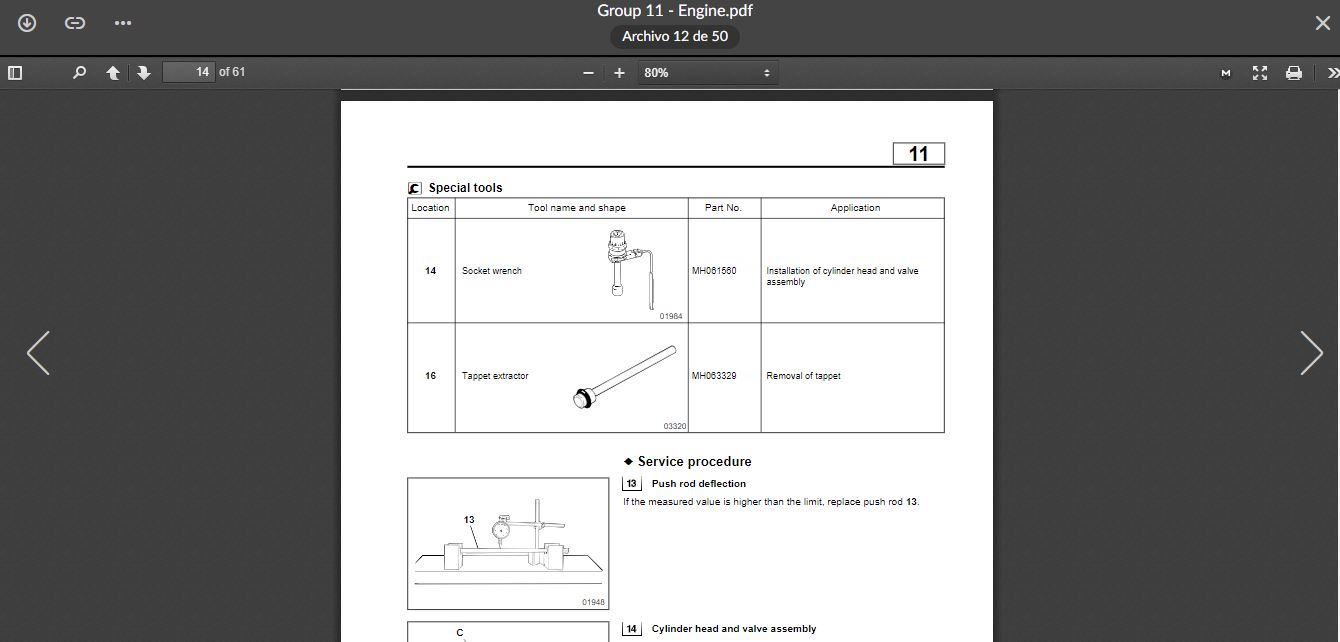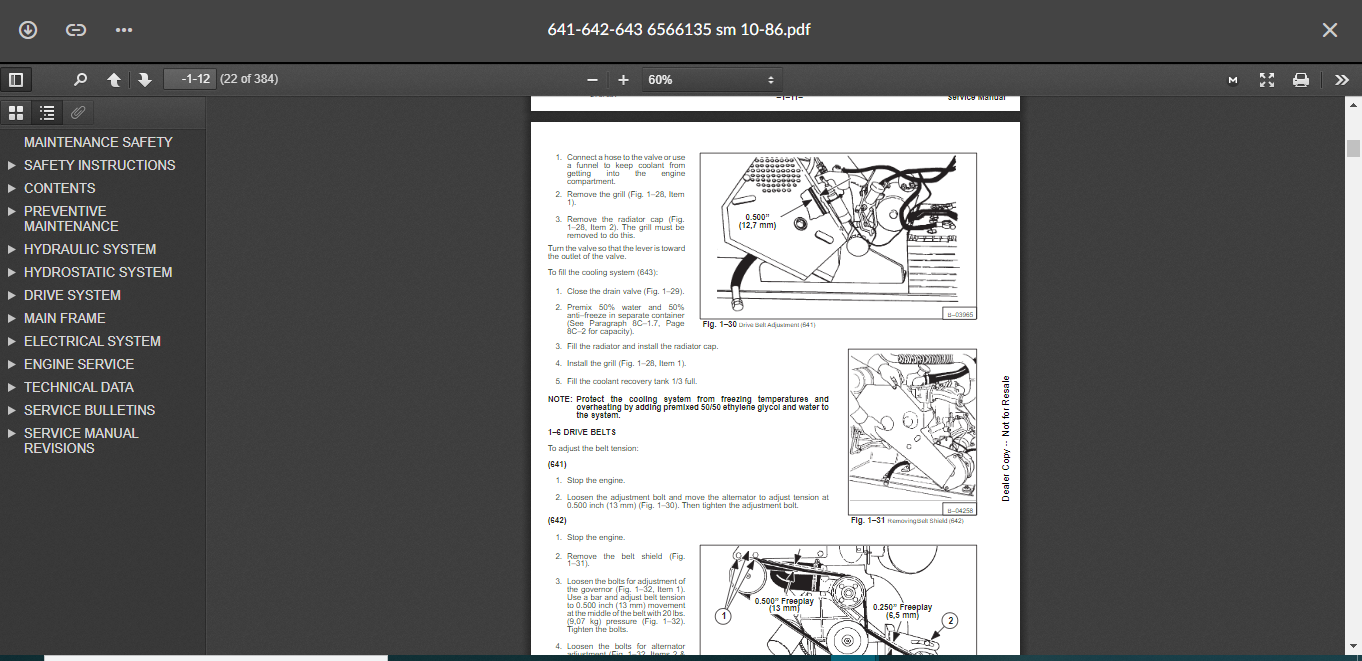Allison 3000 & 4000 Gen 4 Fault Code: U0333 Incompatible Gear Shift Module 2 (Shift Selector) ID
DIAGNOSTIC RESPONSE:
Ignore shift selector inputs
CIRCUIT DESCRIPTION:
The OEM 4th Generation Control shift selectors communicate with the Transmission Control Module (TCM) by exchanging standardized digital messages over the SAE J1939 Controller Area Network (CAN). The physical network consists of a two-wire twisted-pair harness and, typically, a third shield wire. A single 120 Ω termination resistor is located at each end of the network and produces 60 Ω resistance for the circuit. Vehicle OEMs may choose to install external termination resistors or use internal termination resistors built into many SAE J1939 electronic modules, including the TCM and shift selector. This DTC test verifies that the secondary shift selector is an approved ATI shift selector by reading the selector ID from the selector after starting the engine. The ID is requested only one time per ignition cycle after engine rpm reaches 200 rpm or more. Alternately, this code will set if a non-prognostics selector is installed in an application that has prognostics enabled in the TCM calibration. Refer to the OEM Technician’s Library for additional information.
CONDITIONS FOR RUNNING THE DTC:
After TCM initializes normally and engine speed is above 200 rpm for more than 5 seconds.
CONDITIONS FOR SETTING THE DTC:
DTC U0333 sets when:
1. The TCM has not received a valid shift selector ID from the secondary shift selector for 3 seconds after the TCM request for selector ID was made.
2. A non-prognostics selector is installed in an application that has prognostics enabled in the TCM calibration.
NOTE: Non- prognostics selectors are those that do not have the small wrench icon between the range select and range monitor displays.
NOTE: The secondary shift selector is also referred to as Gear Shift Module 2 (Shift Selector).
ACTION TAKEN WHEN THE DTC SETS:
When DTC U0333 is active for invalid ID, the following conditions occur:
1. The DTC is stored in the TCM history.
2. The TCM illuminates the CHECK TRANS light.
3. The transmission locks in Neutral (N).
When DTC U0333 is active for a non-prognostics selector in a prognostics enabled application, the following conditions occur:
1. The DTC is stored in the TCM history.
2. The TCM illuminates the CHECK TRANS light.
3. No other actions are taken. Transmission functions and shifts normally.
CONDITIONS FOR CLEARING THE DTC/CHECK TRANS LIGHT:
Use the diagnostic tool to clear the DTC from the TCM history. The TCM automatically clears the DTC from the TCM history if the vehicle completes 40 warm-up cycles without DTC recurring.
DIAGNOSTIC AIDS:
DTC U0333 indicates a missing or invalid ID message from the shift selector or a non-prognostics selector is installed in a prognostics enabled application.
When this DTC is active, possible causes for invalid selector ID include:
1. Insufficient battery capacity usually caused by excessive cranking, poor battery cabling, defective batteries, etc. A battery voltage dip below 7 to 8 volts occurring just after an initialized TCM makes the ID request a common cause for this DTC. Generally this can happen during engine cranking above 200 rpm. The selector powers down but the TCM does not. The TCM will make one ID request per engine start cycle; if that request is missed by the selector (due to loss or low battery capacity) this DTC sets. Use the min-max feature on a digital voltmeter to capture the minimum voltage during cranking to the selector and to the TCM. Inspect battery capacity or battery charging issues if low battery voltages are intermittently occurring. Check that TCM and selector are referenced to the same ground points. Poor grounds or different ground levels to the TCM relative to the shift selector may cause this DTC.
2. Miswired or mis-pinned shift selector harness.
3. Loss of ignition or battery power to secondary shift selector.
4. Miswired or defective OEM controllers, OEM components, or OEM circuits attached to the datalink.
5. Electrical noise.
6. Bus-loading.
7. Short to power or short to another wire in datalink wiring.
8. High resistance or open in datalink wiring.
9. Poor vehicle grounds.
10. Unlocked connectors, expanded terminals, poor pin crimps or unlocked pins causing high resistance or open circuit.
11. Unlocked connectors, unlocked pins, causing shorts in connectors.
12. TCM ground is at different voltage potential than the ground of the OEM voltage source responsible for shift selector.
13. Defective TCM.
14. Defective shift selector.
Vehicle manufacturers may use the following terminal pairs for CAN 1 high and low wires:
1. Terminals 8 and 28.
2. Terminals 48 and 68.
3. Both terminals 8 and 28 and terminals 48 and 68 are wired in a pass-through setup.
Vehicle manufacturers may wire the TCM into the CAN1 backbone in three different ways:
1. The TCM may be on its own stub as in traditional CAN backbones.
2. The TCM may be wired in a pass-through configuration so that the CAN high and low wires are connected to two separate pin pairs in the TCM 80-way connector. Datalink messages pass-through but can still be viewed by the TCM.
3. The TCM may represent one end of the backbone. Typically, the internal resistor in the TCM will be used in this setup.
CAN1 and CAN2 devices must not be interconnected because they are incompatible with each other. CAN1 operates at 250 kbps data rate and CAN2 operates at 500 kbps data rate.
For proper datalink communications, it is necessary to have two 120 Ω resistors installed in parallel across the CAN1 High and CAN1 Low terminals. Resistance across CAN1 High and CAN1 Low should measure 60 Ω when wired correctly.
When this DTC is active for a non-prognostics shifts selector installed with a prognostics enabled TCM calibration, either replace the selector with an approved prognostics capable shift selector for disable prognostics using the diagnostic tool.
Review applicable information in the OEM Technician’s Library, Control System and Transmission Specifications, and other related information.
Related
-
JOHN DEERE SERVICE ADVISOR 5.3.225 DATABASE AG + CF ENGLISH 2023
John Deere $250.00Rated 0 out of 5 -
volvo Devtool Studio V2 / V3 / V4 Developer tool plus 2.6 / 2.7
Trucks software $35.00Rated 0 out of 5
-
JOHN DEERE SERVICE ADVISOR 5.3.225 DATABASE AG + CF ENGLISH 2023
John Deere $250.00Rated 0 out of 5 -
CAT CDVR PC Software – Caterpillar Digital Voltage Regulator (CDVR) WINDOWS 10
CAT $45.00Rated 0 out of 5 -
PF Diagnose 2.0.2.23 Diagnostics Software 2013 – Full Heavy & Medium Duty with OBDII Support – Online Installation Service
PF Diagnose $60.00Rated 0 out of 5 -
10 IN 1 FOR CAT SIS Caterpillar 2021 Full Service Dealer INCLUDING CAT 2019 C
CAT $110.00Rated 0 out of 5
Related products
-
Allison 1000 & 2000 Gen 4 Fault Codes: P0847 Transmission Pressure Switch Solenoid D Circuit Stuck Closed
1000 & 2000 Gen 4 $50.00Rated 0 out of 5 -
Allison 1000 & 2000 Gen 4 Fault Codes: U1096 J1850 (Class 2) IPC Controller State of Health Failure
1000 & 2000 Gen 4 $50.00Rated 0 out of 5 -
Allison 1000 & 2000 Gen 4 Fault Codes: U0100 CAN Bus ECM Error
1000 & 2000 Gen 4 $50.00Rated 0 out of 5 -
Allison 1000 & 2000 Gen 4 Fault Codes: P0873 Transmission Pressure Switch Solenoid E Circuit High
1000 & 2000 Gen 4 $50.00Rated 0 out of 5 -
Allison 1000 & 2000 Gen 4 Fault Codes: U2105 CAN Bus ECM Error
1000 & 2000 Gen 4 $50.00Rated 0 out of 5 -
Allison 1000 & 2000 Gen 4 Fault Codes: P2810 Solenoid G Electrical
1000 & 2000 Gen 4 $50.00Rated 0 out of 5 -
Allison 1000 & 2000 Gen 4 Fault Codes: P0122 Pedal Position Sensor Circuit Low Voltage
1000 & 2000 Gen 4 $50.00Rated 0 out of 5 -
Allison 1000 & 2000 Gen 4 Fault Codes: U1000 Class 2 Loss of Serial Data Communication
1000 & 2000 Gen 4 $50.00Rated 0 out of 5 -
Allison 1000 & 2000 Gen 4 Fault Codes: U1301 J1850 (Class 2) Serial Data Communication Link Low
1000 & 2000 Gen 4 $50.00Rated 0 out of 5 -
Allison 1000 & 2000 Gen 4 Fault Codes: P0876 Transmission Reverse Pressure Switch Circuit Stuck Open
1000 & 2000 Gen 4 $50.00Rated 0 out of 5 -
Allison 1000 & 2000 Gen 4 Fault Codes: P0123 Pedal Position Sensor Circuit High Voltage
1000 & 2000 Gen 4 $50.00Rated 0 out of 5 -
Allison 1000 & 2000 Gen 4 Fault Codes: P0870 Transmission Pressure Switch Solenoid E Circuit
1000 & 2000 Gen 4 $50.00Rated 0 out of 5 -
Allison 1000 & 2000 Gen 4 Fault Codes: P0875 Transmission Reverse Pressure Switch Circuit Malfunction
1000 & 2000 Gen 4 $50.00Rated 0 out of 5 -
Allison 1000 & 2000 Gen 4 Fault Codes: U1300 J1850 (Class 2) Serial Data Communication Link Low
1000 & 2000 Gen 4 $50.00Rated 0 out of 5 -
Allison 1000 & 2000 Gen 4 Fault Codes: P0880 TCM Supply Voltage
1000 & 2000 Gen 4 $50.00Rated 0 out of 5
-
MANUAL SERVICE Deutz Combine 5650 H, 5660 HTS5670 H / HTS5680 H, 5690 HTS
DEUTZ $38.00Rated 0 out of 5


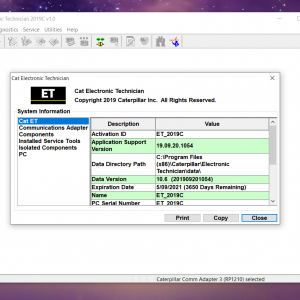

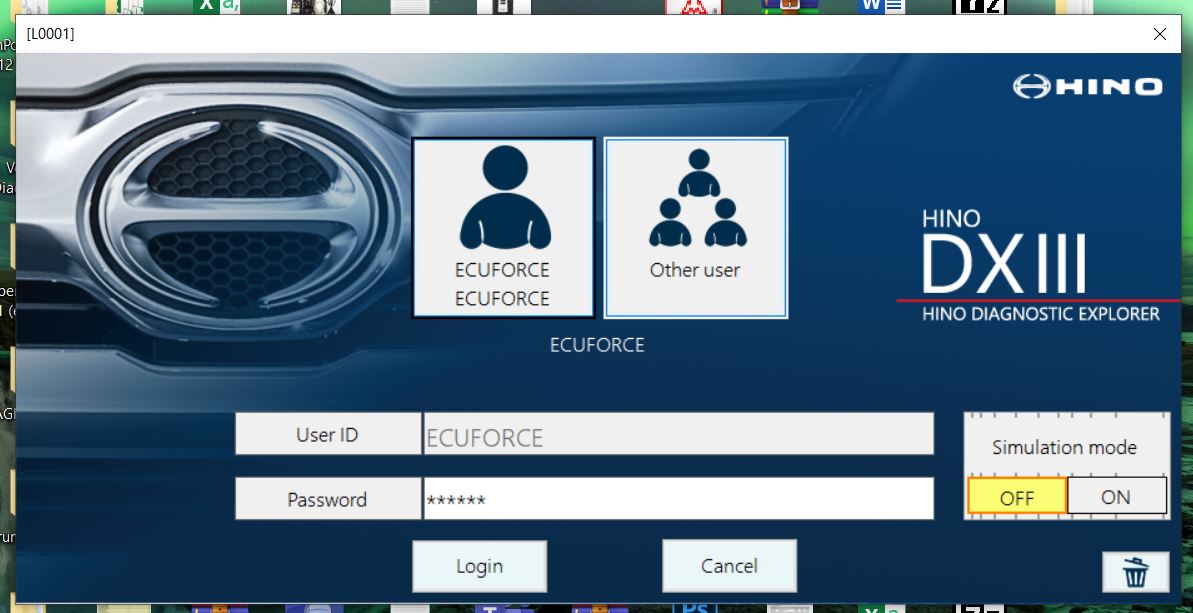


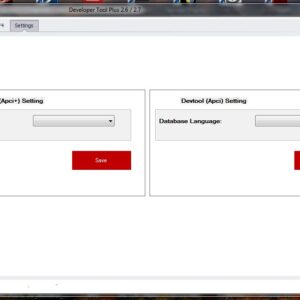
![Volvo Penta EPC 6 Offline VMware [12.2021] VMware](https://i0.wp.com/www.ecuforcetruck.com/wp-content/uploads/2022/11/VOLVO-PENTA-2021-A.jpg?resize=300%2C300&ssl=1)
